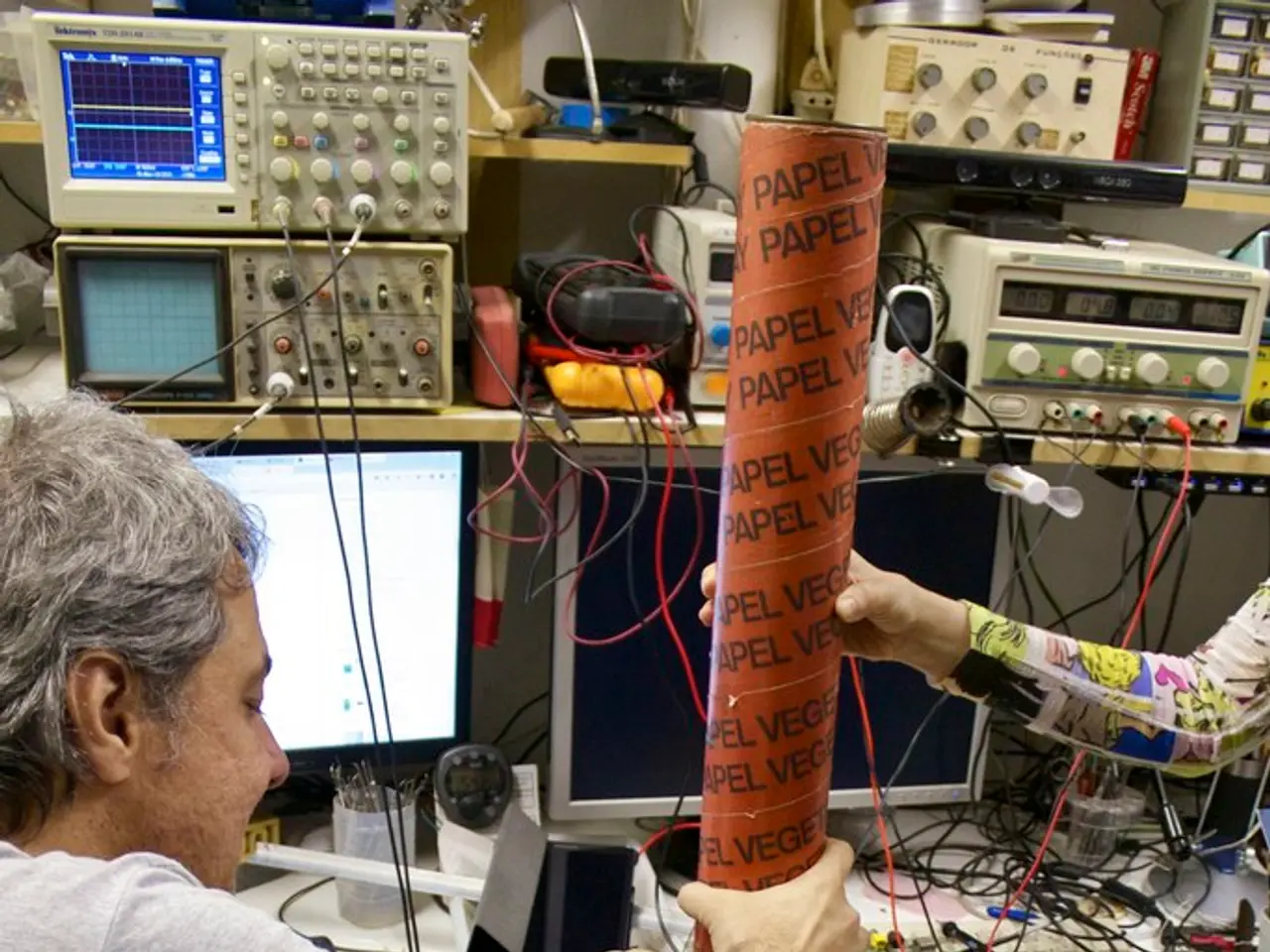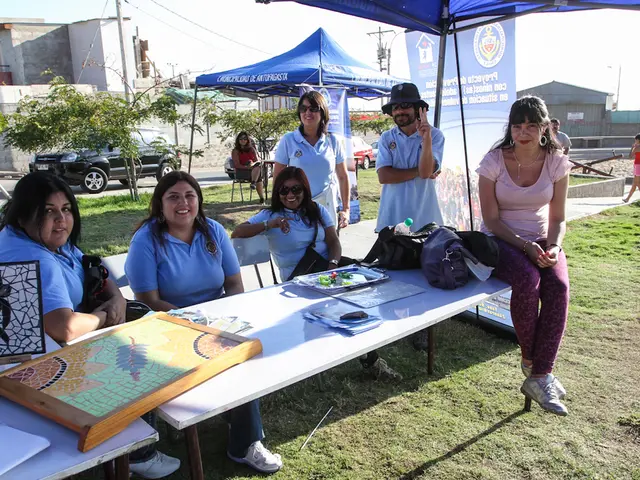Brain Scans Reveal How the Nervous System Maintains the Sense of Amputated Limbs
In a groundbreaking study published in Nature Neuroscience on August 21, researchers led by Dr. Hunter Schone from University College London have found that the brain's control center for a lost appendage can persist long after surgical amputation.
The study, which was a collaboration between a team from University College London and the National Institutes of Health (NIH), aimed to investigate how the brain preserves the sensation of lost limbs. The research involved institutions including the University of Cambridge (Medical Research Council Cognition and Brain Science Unit) and the University of Pittsburgh (Department of Physical Medicine and Rehabilitation, Pitt Rehab Neural Engineering Labs).
Dr. Schone stated that rapidly developing brain-computer interface technologies can now operate under the assumption that the brain's body map remains consistent over time. The next frontier, he mentioned, is to access finer details of the hand map, such as distinguishing the tip of the finger from the base.
The study assessed the brain activity of three individuals in the months before and after planned arm amputation. The participants underwent a total of five functional MRI exams. The follow-up for the study was up to five years after the amputation.
The comparison of brain activity between pre- and post-amputation revealed little to no difference. This finding could improve our understanding of how phantom limb syndrome manifests. The prevailing theory about the brain's ability to reorganize itself after limb loss has been challenged by an experience called pervasive phantom limb syndrome, characterized by a person feeling "vivid, often painful, sensations in a now missing extremity."
The study's results suggest that standard phantom pain treatments may need to be rethought. The authors also suggest that brain-computer interface technologies may need to be reconsidered based on the study's results. The complete study can be found at the provided link.
Interestingly, the study found that the loss of a limb does not prompt a "large-scale cerebral overhaul." This could be key in restoring the rich, qualitative aspects of sensation, such as texture, shape, and temperature.
The journal noted that without prior knowledge, it would be difficult to distinguish between the brain maps pre- and post-amputation. Pervasive phantom limb syndrome, therefore, could provide valuable insights into the brain's plasticity and its capacity to maintain sensory representations of lost limbs.
This study marks a significant step forward in our understanding of phantom limb syndrome and the potential for restoring lost sensations through brain-computer interface technologies.
Read also:
- Peptide YY (PYY): Exploring its Role in Appetite Suppression, Intestinal Health, and Cognitive Links
- Toddler Health: Rotavirus Signs, Origins, and Potential Complications
- Digestive issues and heart discomfort: Root causes and associated health conditions
- House Infernos: Deadly Hazards Surpassing the Flames








